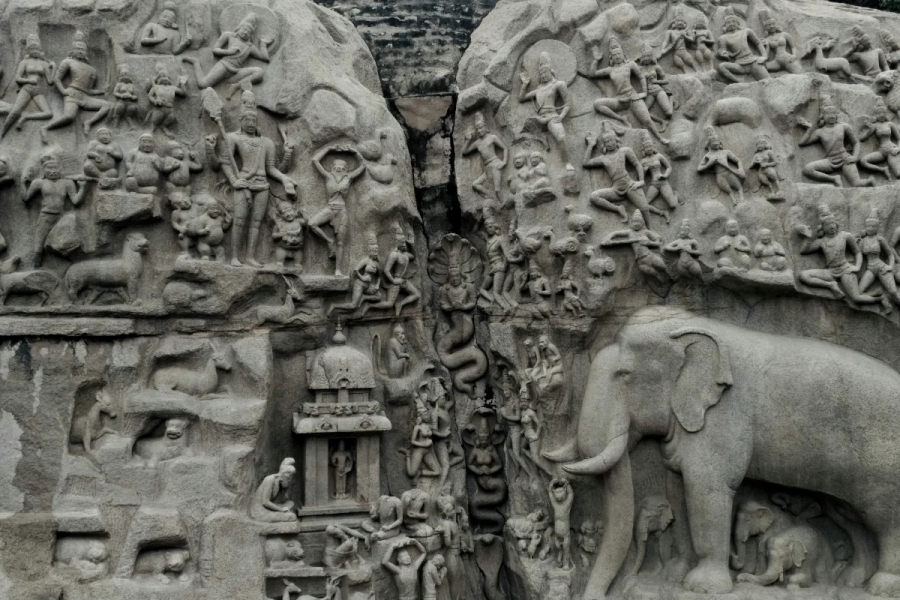Ancient Secrets Revealed: ASI's Cutting-Edge Underwater Exploration Resumes Near Mahabalipuram

Mahabalipuram, India – In a landmark moment for Indian archaeology, the Archaeological Survey of India (ASI) has reignited underwater exploration off the coast of Mahabalipuram. After nearly two decades since its last major survey, the ASI's Underwater Archaeology Wing (UAW) is utilising advanced Remotely Operated Vehicle (ROV) technology to unlock the secrets of submerged historical remains. This exciting initiative, reported by The Hindu, promises to shed new light on the rich maritime history of the region.
Mahabalipuram, a UNESCO World Heritage site famed for its shore temples and rock-cut monuments, has long been suspected to hold submerged archaeological treasures. Legends and local lore speak of a thriving port city swallowed by the sea centuries ago, potentially linked to the mythical city of Kaveripattinam. The ASI’s renewed efforts aim to validate these claims and uncover tangible evidence of this lost civilization.
The Power of ROV Technology
The key to this ambitious project is the deployment of advanced ROVs. Unlike traditional diving methods, ROVs are unmanned, remotely controlled submersibles equipped with high-resolution cameras, sonar systems, and robotic arms. This allows archaeologists to explore depths beyond the reach of human divers, and to conduct detailed surveys and sample collection without risking personnel safety. The ROVs can navigate complex underwater terrains, capture stunning visuals of submerged structures, and meticulously document any findings.
What to Expect: Potential Discoveries
The scope of the exploration is vast, with the possibility of uncovering a wealth of information about ancient trade routes, shipbuilding techniques, and the daily life of people who inhabited the region centuries ago. Potential discoveries include:
- Submerged Temples and Structures: Evidence of temples, palaces, and other significant buildings that may have been lost to the sea.
- Ancient Artifacts: Pottery, tools, coins, and other artifacts that can provide insights into the material culture of the period.
- Trade Route Evidence: Indicators of ancient trade links with other civilizations, such as anchors, shipwrecks, and foreign goods.
- Geological Data: Information about the geological processes that led to the submergence of the area.
Significance and Future Implications
This renewed underwater exploration is significant for several reasons. It represents a commitment to understanding India’s maritime past and preserving its underwater cultural heritage. The findings could rewrite our understanding of the region's history and provide valuable insights into ancient Indian civilization. Furthermore, the use of advanced ROV technology sets a precedent for future underwater archaeological investigations in India and beyond.
The ASI’s UAW is meticulously planning each dive, ensuring minimal disturbance to the marine environment. The data collected will be carefully analyzed and documented, and any significant discoveries will be showcased to the public through exhibitions and publications. The public is eagerly awaiting the results of this exciting exploration, which promises to unveil a captivating chapter in India’s rich and complex history.
Stay tuned for further updates as the ASI continues its groundbreaking underwater archaeological exploration near Mahabalipuram!





